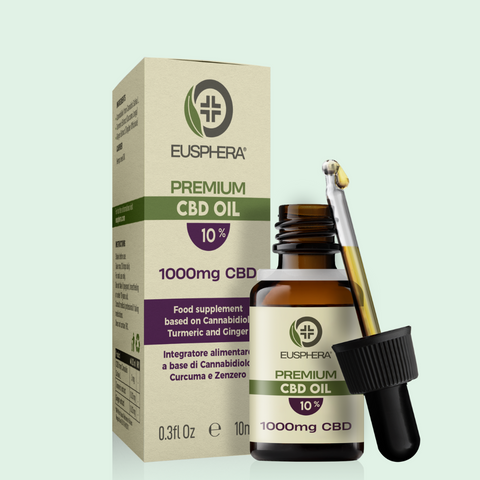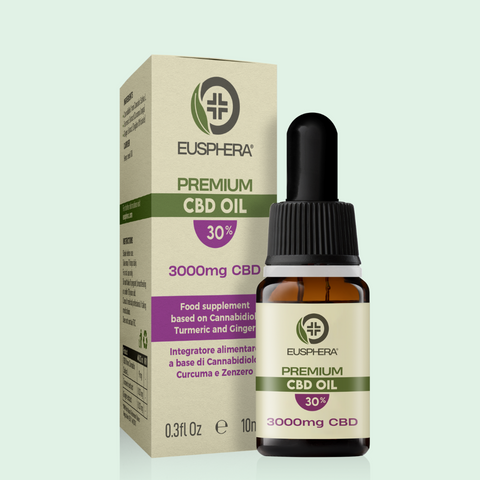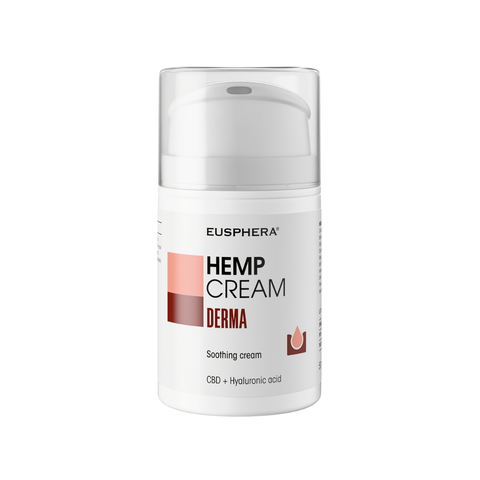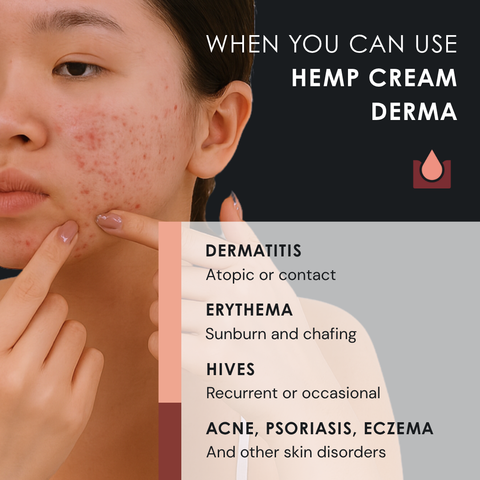High summer temperatures can pose a serious health risk for our dogs. One of the most dangerous threats is heatstroke, a severe condition that can develop rapidly and even become fatal.
Recognising the warning signs and knowing how to act quickly is essential to protect them. Prevention starts with awareness, and no one is more attentive to their safety than the people who care for them every day.
What is heatstroke and why is it dangerous for dogs?
Heatstroke is a non-febrile hyperthermia caused by the body’s inability to dissipate accumulated heat. In dogs, the main mechanism for cooling down is panting.
If the ambient air is too hot or humid, or if the dog does not have access to shade, this evaporative process becomes ineffective, causing internal temperatures to soar above the safety threshold (≥ 41°C).
This can trigger systemic inflammation, heat-induced coagulopathies, and multi-organ failure. Mortality can reach 50% if treatment is not initiated within the first hour.
Symptoms to recognise immediately
Owners searching “dog heatstroke symptoms” want to know what to look for, before it’s too late. Key clinical signs include:
● Rapid and heavy breathing
● Bright red or bluish gums
● Thick drooling
● Weakness
● Trembling
● Vomiting blood
● Diarrhoea
● Ataxia
● Loss of consciousness
On average, heatstroke symptoms in dogs appear when core body temperature exceeds 40°C, and organ damage may begin from 41.5°C. Severe hyperthermia often leads to seizures and arrhythmias.
Breeds and situations at higher risk
Not all dogs tolerate heat in the same way. Those at highest risk include:
- Brachycephalic breeds (e.g. bulldogs, pugs)
- Dogs with dark or thick coats (e.g. huskies, Caucasian shepherds)
- Seniors, puppies, and overweight dogs
Epidemiological studies show that 74% of heatstroke cases occur after intense physical activity during the hottest time of day, while only 5% are related to dogs left in hot cars.
Consequences of canine heatstroke can include cerebral oedema, renal necrosis, DIC, and in intact males, a drop in fertility.
Prevention: 5 essential rules
Here’s what to do to prevent canine heatstroke and avoid emergency situations:
- Schedule walks wisely,
Only walk at dawn or after sunset, and avoid hot asphalt. - Create shaded, ventilated spaces
Use gazebos, sunshades, or cooling mats, to protect your dog from direct heat. - Keep your dog hydrated at all times.
Provide fresh water and multiple bowls, especially when travelling.
- Train gradually. Never force a dog – especially brachycephalic breeds or seniors – into intense physical activity. Increase activity levels gradually.
- Monitor time and temperature. Use infrared thermometers on the ears and limit prolonged exposure.
Just 15 minutes of running in the midday sun may be enough to trigger heatstroke. Without prompt action, hyperthermia can continue for over 30 minutes, potentially causing irreversible organ damage.
Natural remedies for overheated dogs
When prevention isn’t enough and core temperature rises above 40°C, natural remedies can provide supportive care while driving to the vet.
Here are some effective strategies to apply immediately, but not as a substitute for veterinary treatment.
- Fresh water
Offer water at 15–18°C in small, frequent sips to prevent dehydration and aid internal cooling.
- Shade and ventilation
Move your dog to a shaded area and use a fan. Moving air speeds up evaporative cooling. - Cool compresses on paws and abdomen
Place towels dampened with lukewarm (never ice cold) water on paw pads and groin to lower temperature safely, without triggering peripheral vasoconstriction. - Spraying with natural hydrosols
Spray lavender or chamomile hydrosol (without essential oils) to create a thin water film that evaporates quickly. The delicate scent also has a mild calming effect. - CBD for veterinary use
Recent studies show that THC-free cannabidiol can reduce stress markers (salivary cortisol, elevated heart rate) in dogs exposed to stressful conditions (e.g. car travel, lab environments). A veterinary-formulated CBD oil may help calm an anxious dog by aiding thermoregulation.
CBD for dogs: a natural aid against heat stress
CBD should not be confused with THC, and it has no psychoactive effects. Peer-reviewed research suggests anxiolytic, anti-inflammatory and antioxidant actions, potentially beneficial during post-hyperthermia recovery.
For practical use, try EU4DOG, Eusphera’s calming oil for dogs, specifically formulated for veterinary use and completely THC-free.
A few drops applied and gently massaged onto the withers or ears can provide a calming effect without resorting to sedatives.
Note: this is not a food supplement, but an oil for external use developed specifically for dogs.
When to contact the vet
If, despite first aid remedies, your dog’s rectal temperature remains above 39.5°C for more than ten minutes, or in the event of symptoms such as vomiting, bloody diarrhoea, seizures, or lethargy, go to the veterinary clinic immediately.
The vet may administer IV fluids, oxygen, antiemetics, and monitor key organs through blood gas analysis and full blood panels.
No home remedy can replace a professional diagnosis: heatstroke in dogs is a life-threatening emergency, in which every minute counts.






